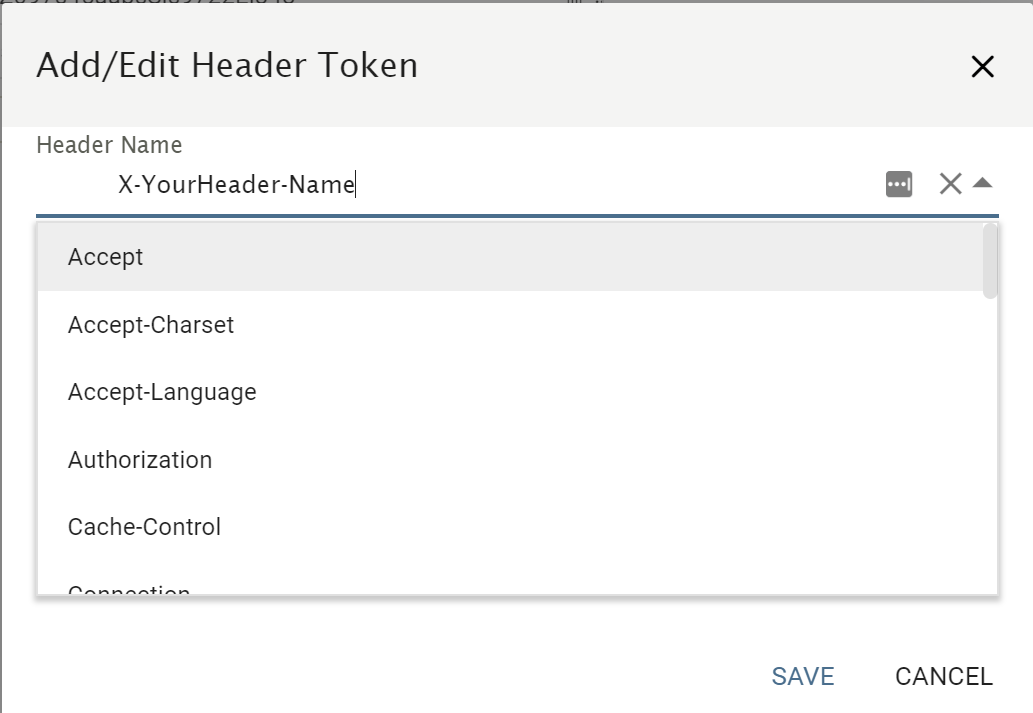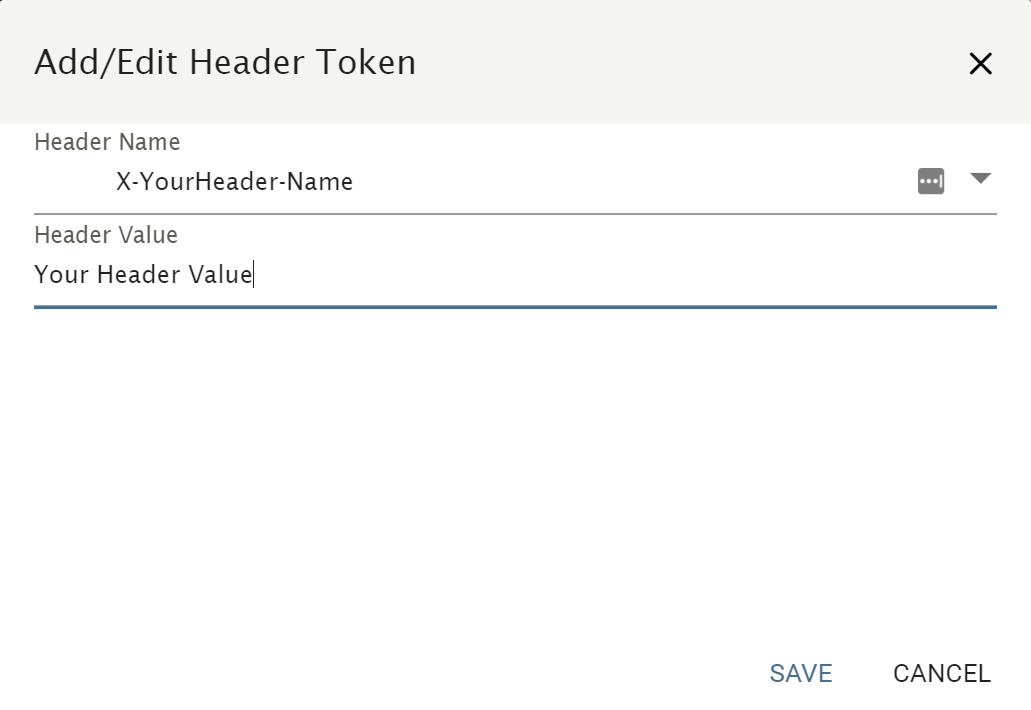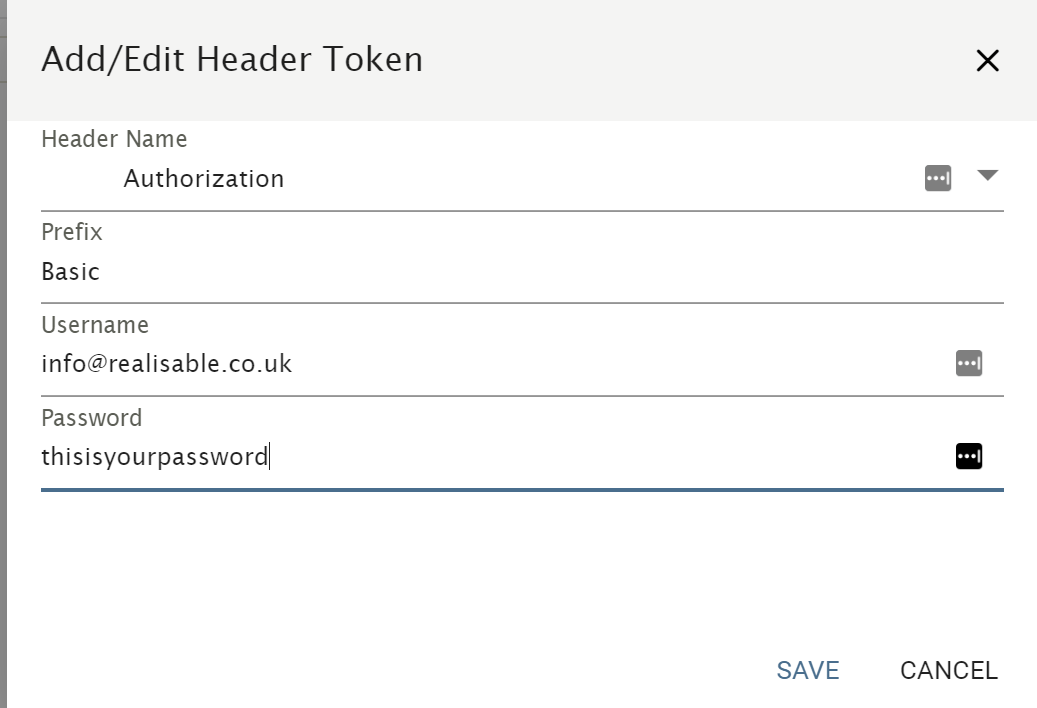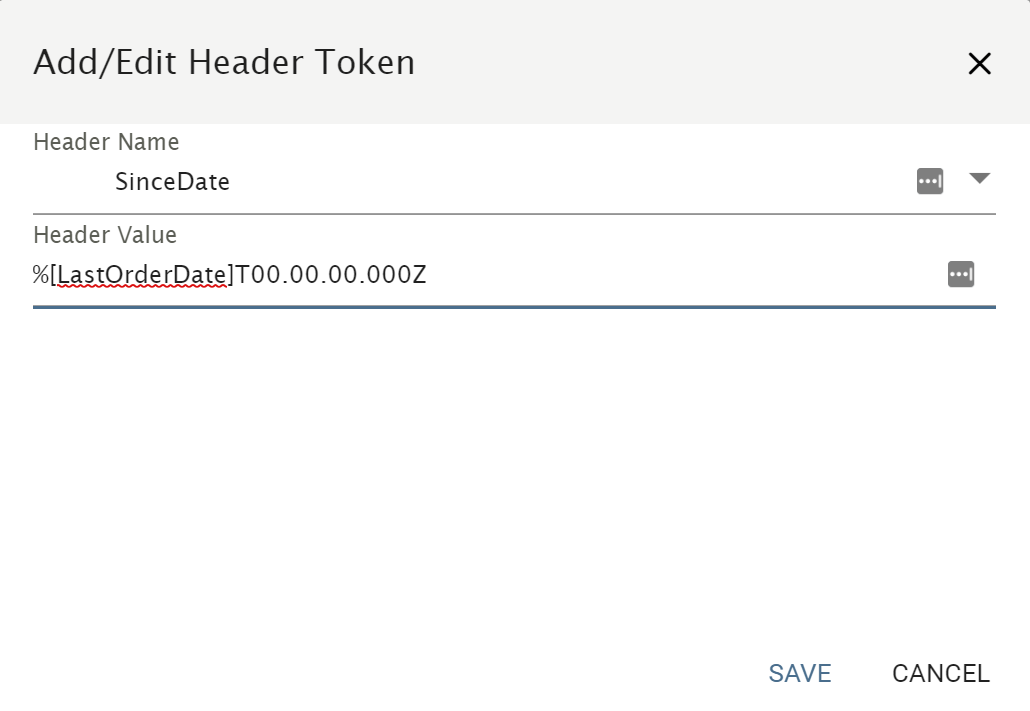Http Headers
HTTP headers allow the client and the server to pass additional information with the request or the response.
IMan allows you to define headers at several levels of a request: authorisaton; webservice behaviour and the actual request.
Each level of the request takes precedence over the lower level, where the webservice behaviour headers of the same name will take percedence over the authorisation headers, and the request headers over the webservice behaviour headers.
Adding/Modifying/Deleting Headers
Headers are added or deleted by clicking the add and icons respectively, existing headers can be edited by double clicking the relevant entry.
Header Setup
Header Name
This is the header id or name. The header name can either be picked from a drop down of well known headers or entered manually.

Header Value
This is the corresponding value to the header. The header value can be optionally left empty.

Authorization Header
The Authorization header provides a specific setup which allows you to define a Base64 encoded value, required for Basic Authentication.

Prefix
This is the prefix to any Base64 encoded value.
Username
The user name or id.
Password
The password.
Expando Field Support
Webservice Lookups and Writers can parameterise Http Headers with Expando Fields.
Example

The %[LastOrderDate] refers to the 'LastOrderDate' field within the transaction used in the Webservice Lookup or Write request.